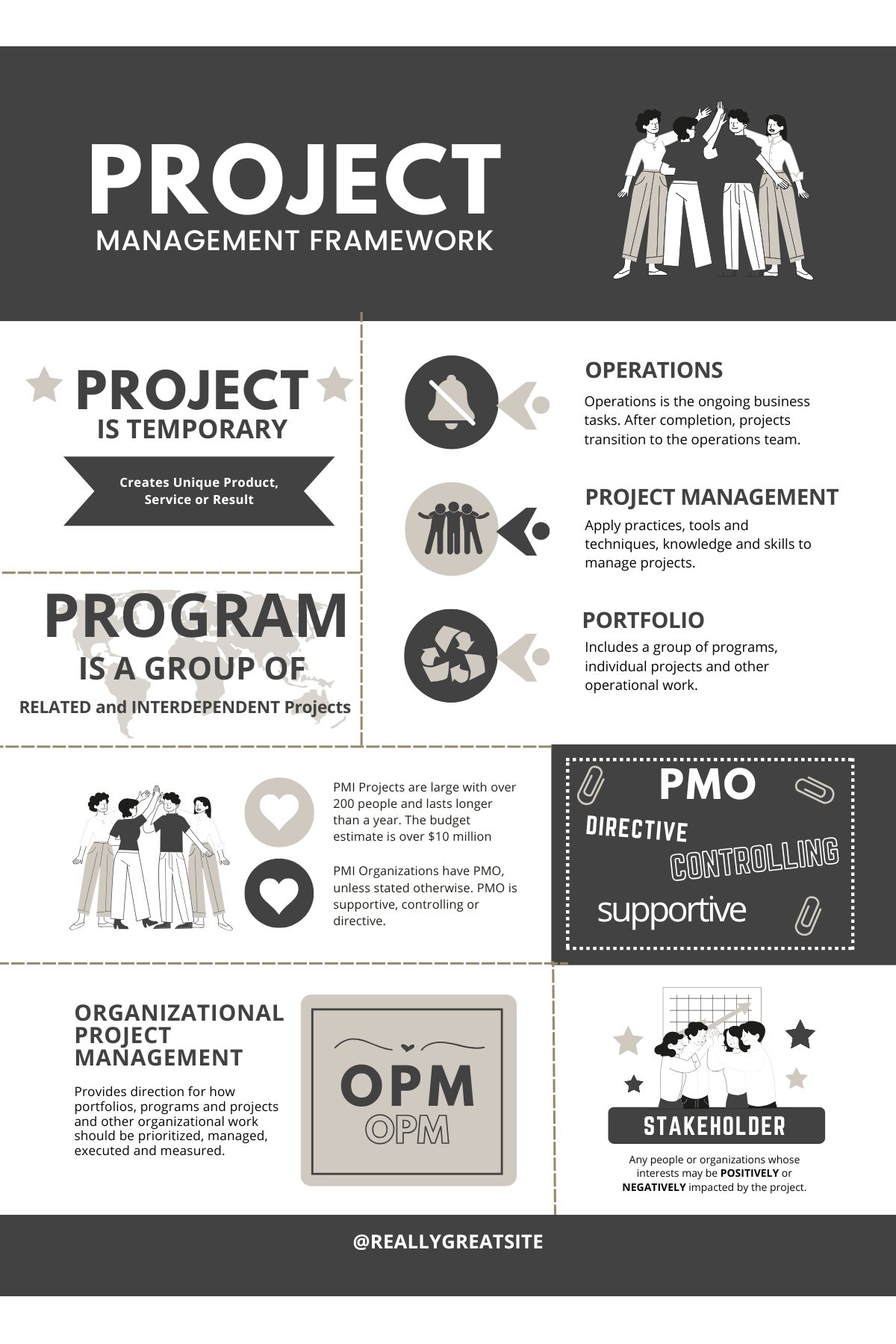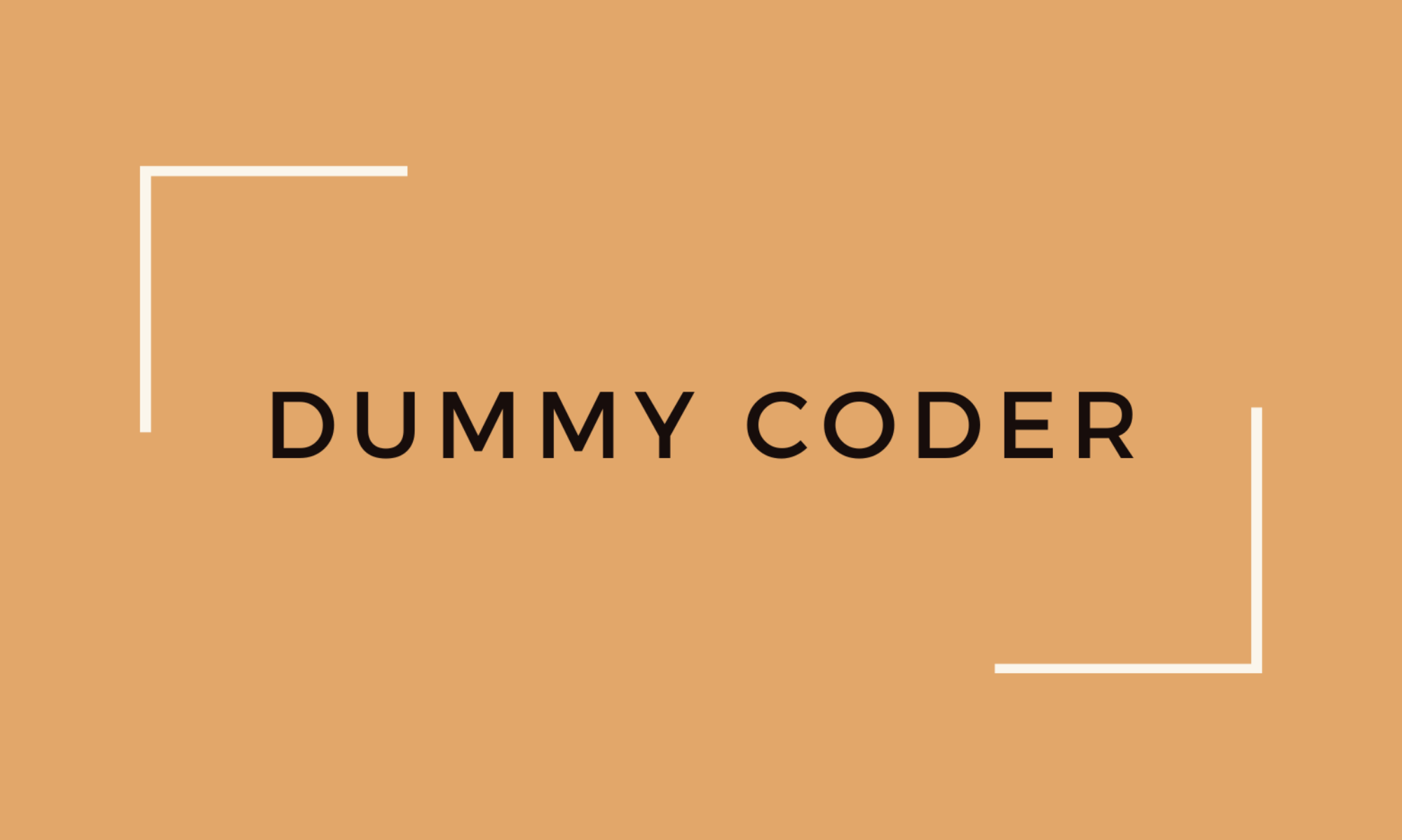
Understanding PMI’s Project Management Framework is essential for PMP exam preparation. This framework lays the foundation for project management principles, emphasizing key terms and their interconnections. In this post, we’ll break down critical concepts like project, program, portfolio, operations, PMO, OPM, and stakeholder engagement to help you confidently tackle the PMP exam.
Key Concepts in Project Management Framework
1. What is a Project?
A project is defined by PMI as a temporary endeavor with a clear beginning and end, undertaken to create a unique product, service, or result. Projects are the vehicle for implementing change and driving innovation, with constraints like scope, time, and cost.
Example: Developing a mobile app or constructing a building.
2. What is a Program?
A program is a collection of related projects managed in a coordinated way to gain benefits that wouldn’t be achieved if handled individually. Programs align projects with broader organizational strategies, focusing on synergy and efficiency.
Example: A company launching multiple technology upgrades across departments as part of a digital transformation initiative.
3. What is a Portfolio?
A portfolio encompasses projects, programs, and operations managed collectively to achieve strategic objectives. Portfolio management ensures proper allocation of resources, prioritization of initiatives, and alignment with organizational goals.
Example: A financial institution managing a portfolio that includes projects for mobile banking, cybersecurity, and regulatory compliance.
4. What is Operations?
Operations refer to the ongoing, repetitive activities that sustain an organization’s core business functions. Unlike projects, operations are not temporary and do not create unique deliverables.
Example: Running a manufacturing plant or maintaining IT services.
5. What is a PMO (Project Management Office)?
A PMO is a centralized entity within an organization tasked with establishing and maintaining project management standards. It provides support, governance, and guidance to ensure consistency across projects and programs.
Types of PMO:
- Supportive PMO: Offers tools, training, and templates without imposing strict controls.
- Controlling PMO: Enforces compliance with project management practices.
- Directive PMO: Directly manages projects and assigns project managers.
PMOs are critical in bridging organizational strategies with project execution, ensuring streamlined processes and effective delivery.
6. What is OPM (Organizational Project Management)?
OPM is PMI’s framework for aligning projects, programs, and portfolios with organizational strategy. It integrates project management practices into decision-making and governance, driving strategic benefits and optimizing performance.
Key Elements of OPM:
- Ensures that projects contribute to organizational goals.
- Enhances governance and resource utilization.
- Enables better decision-making across all levels of project execution.
Stakeholder Engagement in Project Management
Stakeholders are individuals, groups, or organizations affected by the project or who can influence its success. PMI emphasizes the importance of engaging stakeholders effectively to ensure alignment and avoid conflicts.
Key Stakeholder Engagement Activities:
- Stakeholder Identification: Identify who has an interest or influence on the project.
- Analysis: Assess stakeholder expectations, interests, and impact on the project.
- Engagement Planning: Strategize how to involve stakeholders in key decisions and updates.
- Active Communication: Maintain transparent, regular updates to build trust and manage expectations.
Strong stakeholder engagement enhances collaboration and increases the likelihood of project success by aligning stakeholder needs with project goals.
The PMI Project Management Framework is rich with interconnected concepts that form the backbone of effective project management. Understanding terms like portfolio, PMO, OPM, and stakeholder engagement will not only prepare you for the PMP exam but also equip you with the tools to succeed as a project management professional.
By mastering these principles and their applications, you’ll confidently navigate scenario-based questions and establish yourself as a strategic and capable project manager.
Some additional posts that might give you some key information before your exam:
